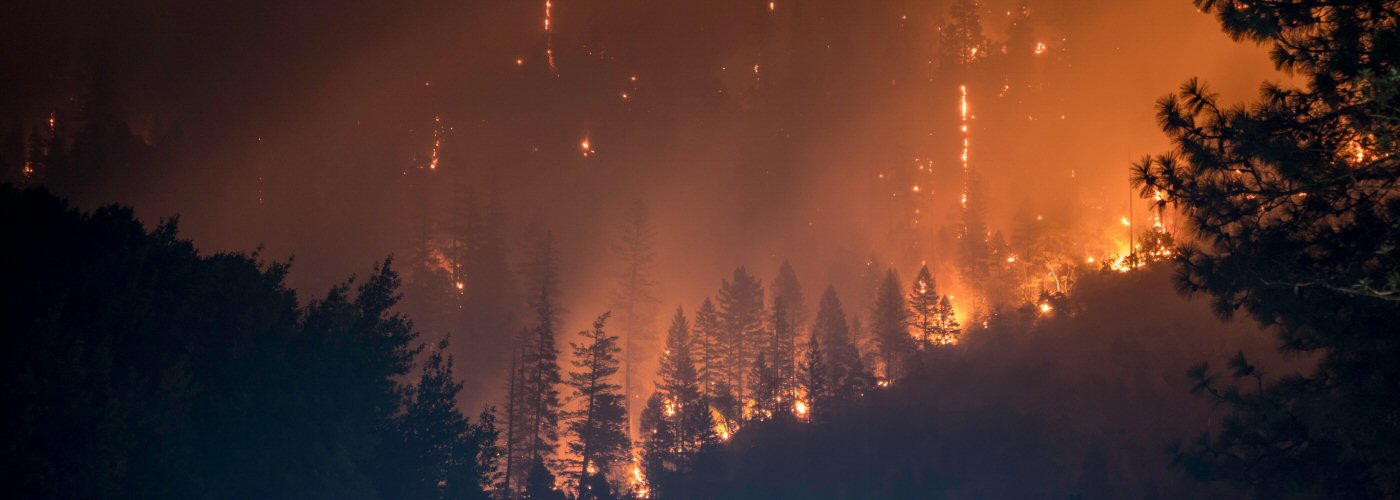

It’s a phenomenon that has been scientifically documented only a handful of times around the globe, but in Northern California the rare firenado, or pyrogenic tornado, has struck again. This time a wildfire near the city of Loyalton, CA, northwest of Reno, NV prompted the National Weather Service to issue its first ever Tornado Warning for a fire-induced tornado.
The last firenado documented globally also occurred in Northern California when the Carr Fire of 2018 spawned a firenado with winds of EF-3 intensity, estimated at 143 mph. Previous to this, the world’s first documented firenado occurred in 2003 in Canberra, Australia.
The far more common fire-generated vortices, often seen in pictures and video, are more analogous to dust devils in that they are tied to heating at the surface and don’t extend to a cloud base. The Loyalton Fire, like the 2003 Canberra and 2018 Carr Fires, generated a pyrocumulonimbus cloud that extended as high as 30,000 ft (over 9 km). The updraft of this cloud helped to stretch the underlying column of air, which already had a zone of cyclonic wind shear near the surface. This lifting and stretching of the rotating column of air helped to concentrate the rotation at the surface, eventually leading to tornado-strength winds.
Although not forming like a classic tornado (developing from the rotating mesocyclone of a supercell thunderstorm), both the 2003 Canberra and 2018 Redding firenado events still are technically tornadoes, just tornadoes of the “landspout” variety.
The main difference with this latest Loyalton firenado was that a strong circulation was evident on Doppler radar. This prompted the National Weather Service in Reno to issue the world’s first Tornado Warning for a pyrogenic, or fire-induced, tornado.